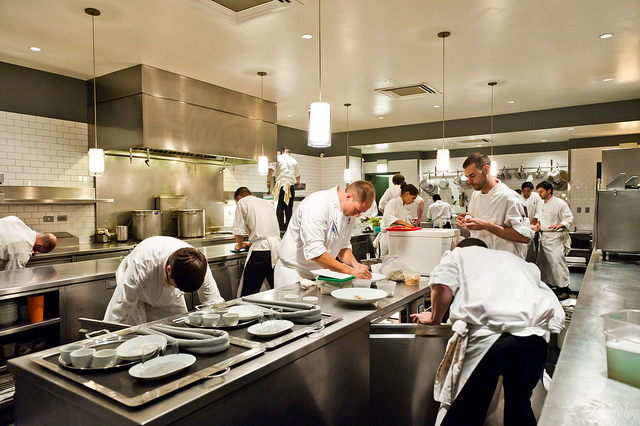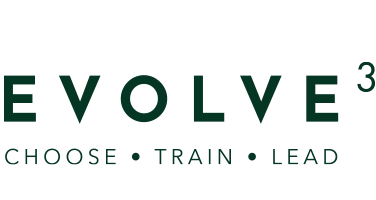
22 Apr How to fix a food cost problem
Are you confident that your menu is delivering the margin it should? What would a 3 to 5% reduction in food costs do for your bottom line over 12 months?
With the current staffing crisis, upheaval of local and global supply chains, rising transport costs, and natural disasters effecting primary producers, it can seem like everything is conspiring against the profitability of your menu.
This is a simple audit process I undertake that can quickly identify some easy wins to bring your food costs into line if there’s a problem.
1. Generate 2 menu bestsellers reports from your point-of-sale (POS) system. The first showing highest to lowest revenue generators, the second showing highest to lowest volume of items sold.
2. Cross reference both reports and target any menu items that appear in the top five of both lists. The logic is that by auditing the menu items you sell the most of (highest volume) and that generate the most revenue (dollar value), if there are problems, fixing these items may be enough to bring your costs under control quite quickly.
3. Once you have your target dishes to audit, do the following:
a. Re-cost each component of the dish, using current ingredient pricing to identify whether the dish is still meeting your target food cost percentage.
b. Cross-check whether the recipes, portion sizes and ingredient quantities etc. have altered from your original costings.
c. Cross-check actual production methods – how much wastage is being generated? Are par levels appropriate for projected sales? Are all staff making the dish the same way?
d. Cross-check goods receipt – are deliveries being properly checked for price, quantity, portion control etc.?
e. Cross-check storage – are ingredients being kept in optimum conditions to ensure maximum shelf-life? Are there opportunities for theft or pilferage that could be eliminated? For example, deliveries being left unattended, or dry store and walk-in cold storage areas left unsecured.
4. Depending on what you discover, you can then make informed choices about what to do. Here are some options to consider:
a. Alter the make-up of the menu item – replace an expensive ingredient for a cheaper alternative; tweak portion sizes; etc.
b. Adjust production methods – to increase ingredient yield & reduce wastage. Are there trimmings from expensive proteins that could be incorporated into another menu item?
c. Manage your par levels more carefully – by using the POS system to forecast predicted food sales more accurately, which would lead to more astute ordering and production schedules each week.
d. Implement tighter goods receipt controls and stock storage routines to minimise delivery & supplier issues or minimise theft and wastage.
e. Negotiate a better deal with your suppliers or change suppliers. If you could reduce the purchase price of the main ingredient on your bestselling dish by only 5%, what impact would that have on menu profitability?
Whatever the solution, for truly sustainable improvements to kitchen profits, your managers and chefs require the skills to choose, train, and lead their teams so strict control of one of your biggest costs can be maintained.
What would 3 to 5% saving in food costs be worth to you in a year? Consider how important this level of management agility is for the foreseeable future. Need help or not sure where to start? For a no obligation discovery chat, get in touch.



